Consumer Awareness and Preferences
Consumer awareness regarding food safety and health is driving changes in the Aquaculture Bacterial Treatment Market. As consumers demand transparency in food production, aquaculture producers are compelled to adopt practices that ensure the safety and quality of their products. This trend is leading to an increased focus on bacterial treatments that promote fish health without the use of harmful chemicals. Market data suggests that products labeled as 'antibiotic-free' are gaining traction among consumers, which is likely to encourage aquaculture businesses to invest in effective bacterial treatment solutions that align with these preferences.
Rising Incidence of Aquatic Diseases
The prevalence of diseases affecting aquatic species is a significant concern for aquaculture producers, driving the demand for effective bacterial treatments. The Aquaculture Bacterial Treatment Market is responding to this challenge as outbreaks of diseases such as vibriosis and furunculosis can lead to substantial economic losses. Reports indicate that the economic impact of aquatic diseases can reach billions annually, prompting aquaculture businesses to seek innovative solutions. The increasing awareness of the importance of maintaining fish health is likely to lead to a surge in the adoption of bacterial treatments, which are essential for disease management and prevention.
Increasing Demand for Sustainable Aquaculture
The rising The Aquaculture Bacterial Treatment Industry. As consumers become more environmentally conscious, aquaculture operations are increasingly adopting practices that minimize ecological impact. This shift is reflected in the growing preference for products that are free from harmful chemicals and antibiotics. According to recent data, the aquaculture sector is projected to grow at a compound annual growth rate of approximately 5.5% over the next few years. This growth is likely to spur investments in bacterial treatments that promote fish health and reduce disease outbreaks, thereby enhancing overall sustainability in aquaculture.
Regulatory Pressures for Antibiotic Reduction
Regulatory frameworks aimed at reducing antibiotic use in aquaculture are influencing the Aquaculture Bacterial Treatment Market. Governments and international bodies are increasingly implementing stringent regulations to combat antibiotic resistance, which is a growing public health concern. These regulations are pushing aquaculture producers to explore alternative treatment options, including bacterial treatments that do not rely on antibiotics. As a result, the market for such treatments is likely to expand, as producers seek compliance with regulations while ensuring the health and productivity of their aquatic species.
Technological Innovations in Treatment Solutions
Technological advancements in bacterial treatment solutions are reshaping the Aquaculture Bacterial Treatment Market. Innovations such as the development of targeted probiotics and advanced delivery systems are enhancing the efficacy of treatments. These technologies not only improve the health of aquatic species but also reduce the reliance on traditional antibiotics, aligning with the industry's shift towards more sustainable practices. The integration of biotechnology in treatment formulations is expected to drive market growth, as producers seek effective and environmentally friendly solutions to combat bacterial infections in aquaculture.


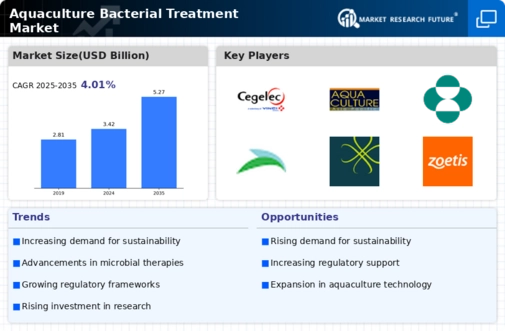
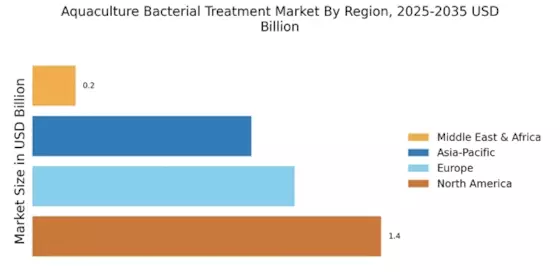


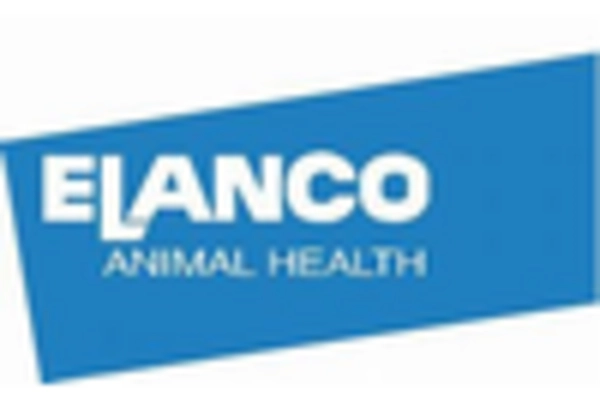
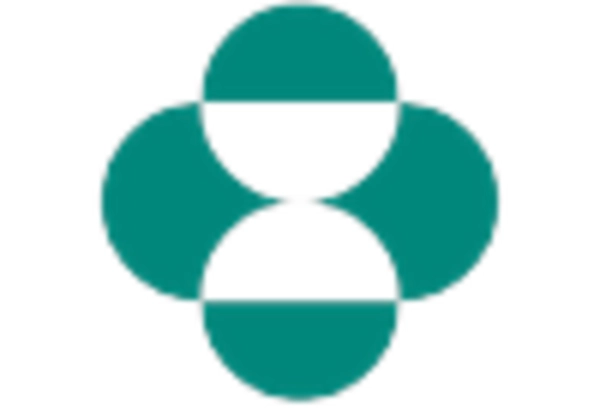

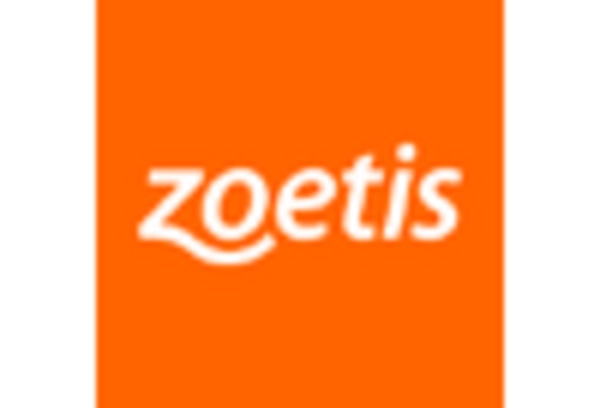








Leave a Comment